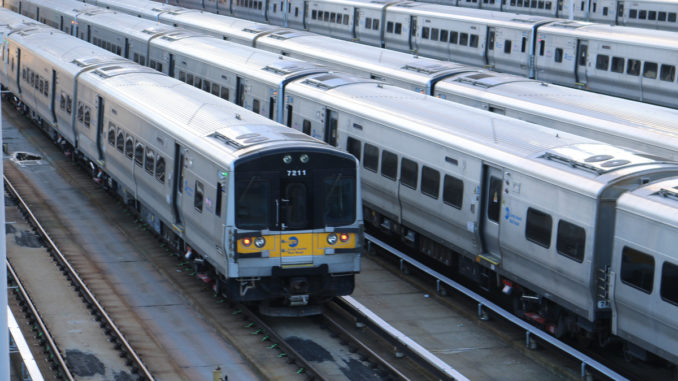
The Capital Plan Review Board in New York has given its stamp of approval to the $27 billion 2015-19 MTA Capital Program.
The passage of this Capital Program marks the largest investment in MTA infrastructure in state history, officials said. The plan outlines five years of vital investments to renew, enhance and expand the MTA network, transit officials contend.
“The MTA is the lifeblood of the New York metropolitan area’s transportation network and we must ensure it has the capacity to meet the travel demands of the next generation and fuel one of the largest economies on the globe,” New York Gov. Andrew Cuomo said in a news release. “By investing in the most robust transportation plan in state history, we are reimagining the MTA and ensuring a safer, more reliable and more resilient public transportation network for tomorrow.”
New York state is committed to $8.3 billion in funding to the MTA’s $27 billion Capital Plan. This investment, when combined with existing efforts, will purchase more than 2,340 buses and 1,450 subway cars to the system; advance an initiative to build four new Metro-North stations in underserved areas of the Bronx and bring Metro-North service to Penn Station; begin the extension of the Second Avenue Subway to East Harlem; continue the project to enhance LIRR performance by adding a second track along 18 miles between Farmingdale and Ronkonkoma; renovate and revitalize stations; an accelerated plan to create a new fare payment system to replace the MetroCard; and continue building the East Side Access project so that LIRR riders will be able to travel into Grand Central Terminal.
In addition to the $27 billion the CPRB approved, the MTA’s Capital Program includes nearly $3 billion in self-funded bridge and tunnel improvement and repair projects financed by MTA Bridges and Tunnels.

